WHAT ARE TORANS?
Bandarwal toran
Torans, also popularly known as bandarwal, is a piece of decorative article, which is hung outside the main door frame of the entrance of a temple, house, marriage hall, and alike. Torans are made of many varieties and are available in plenty of options. The age-old style of door hanging torans includes bandarwar which are made of natural and fresh flowers and leaves. These simple torans are in great demand throughout the year and are often used to decorate the entrance of the temples. Even during the festive seasons and during auspicious occasions, like wedding, pooja, baby showers and alike, the door-hanging torans are used.
With changing times and innovations, there has been an incredible change in the way the toran/bandarwal are made today. The door bandarwal or the wall hanging torans that are available in the market today are beautifully made available in various materials, patterns and magnificent designs. These torans not only enhance the aesthetic value of a Vastu but also offer a range of benefits. Every custom that is practised in Hinduism holds a deep meaning which brings about a positive change in an individual’s life. Do you know why we tie a toran outside the temple/house/office, or on any other Vastu entrance? If not, let us learn why we tie toran on the door.
WHY ARE TORANS HANGING OUTSIDE HOMES?
The entrance of a Vastu plays an important role in many cultures. The entrance is considered as the border that separates the outside world and the mixed energies it beholds, with the interiors of the house and the positive energies of the Vastu. This is where the door bandarwal comes into the picture. The door torans play a significant role in balancing the energies of the house. Apart from looking pleasant and colourful, the door bandarwal also offers a range of benefits and helps to spread a positive vibe in the surrounding. Indian toran which are made of fresh flowers and leaves help to absorb the negative energies, pollution and unhealthy bacteria present in the air. One of the fascinating features of the designer torans is that they look fanciful when hung on the door of a Vastu or in the connecting passageways that lead you from one room to another.
The fresh mango leaves and flowers attract the deity principles, especially of Goddess Lakshmi and attract prosperity and riches into the dwelling. It also helps to spread peace in the house, office and the Vastu they are hung in making the surroundings pleasant. The colour combination of the artificial flower door toran or the plastic flower toran or any of the wall hanging toran and the simple toran play a significant role. For example, the green colour helps to calm the wavering mind and helps to offer relief from stress and anxiety. Similarly, the orange colour of the marigold flower ward off evil energies and the yellow colour of the marigold flowers invite prosperity and Chaitanya.
HISTORY OF BANDARWAL
The word ‘Toran’ is derived from the Sanskrit word ‘Torana’ which means ‘to pass’. In Buddhist architecture, the ‘Torana’ referred to the bars of wood or stone, which comprised of two standing bars on which cross-projecting pieces of bars would rest. This structure was referred to as the ‘Torana’ in Buddhist architecture which meant the ‘sacred gateway'. The cross-piece projecting pillars along with the two vertical standing pillars were beautifully sculpted with various designs and patterns which most of the time narrated a story or had carvings of figurines which play a pivotal role in Buddhism. These pillars formed the main gateway of a sacred place.
The early evidence of Toran dates back to the 3rd Century BCE during the Maurya period. During this period, the Sanchi Stupa was built. Similarly, the Torana can be found across various temples which were built during different eras. In temples like the Rajarani temple, Jagannath temple and the Mukteswar temple, the Torana can be witnessed even today. Thus, the torans form one of the most significant parts of the Hindu culture, which finds its traces in the ancient Holy Scriptures as well as it can be witnessed in the olden architecture.
The ancient torans are very different from the present-day torans or bandarwal that we use nowadays.
USES AND BENEFITS OF TORANS
Torans, be it fancy or decorative, can be used for hanging at the door of various vastus. Let us look at some of the uses of bandarwals.
- Can be used to hang on the main entrance of a temple door.
- Can be used for hanging on the main entrance of the Vastu.
- Can be used to hang at the entrance of the office door.
- On some auspicious occasions, the torans are also hung on the venue doors of an auditorium, business venue, marriage hall and other places.
- One can find information related to torans in Puranas. Let us learn about the benefits, the torans offer when hung outside homes.
- The door hanging toran or the traditional Indian toran help to invite and attract the divine principles of Goddess Lakshmi.
- It helps to ward off negativity from the dwelling/Vastu.
- Attracts positivity.
- The various colours of the toran offer colour therapy and help in calming the mind.
- Helps to offer relief from stress and anxiety.
- Helps to attract wealth.
- The traditional Indian torans which are made by weaving fresh flowers and helps to keep diseases at bay.
- Protection from evil eye.
- Spreads Chaitanya and happiness.
Thus, torans not only add beauty to the main entrance of the house but also help in attracting positive energies in the house. Torans holds a rich history. Let us delve deep into the origin of bandarwal or door torans.
BEAUTIFUL DOOR TORAN DESIGNS
The door torans are available in a variety of designs and patterns. Also, the materials with which these torans are manufactured differ. Given below are some of the various torans available:
- Floral Bandarwar
- Traditional Bandarwar
- Rudraksha Toran
- Pearl Bandarwar
- Cloth toran
- Glass work Toran
- Rudraksha and gemstone Toran
- Ganesh Rudraksha Bandarwar
- Shubh Labh Velvet cloth Bandarwar
- Fancy toran
- Designer toran
- Artificial flower door toran
- Wall hanging toran
Thus, the torans play a significant role in the Hindu culture and have been used since the Puranic period to decorate and welcome Goddess Lakshmi in the homes.
MAKING DOOR TORAN AT HOME OR BUYING ONLINE
Taking into consideration the fast-paced life, it becomes very convenient to shop online. Even small-scale industries that are into making door-hanging toran, market their torans online. With the e-commerce industry booming at an exceptionally great rate, everyone wants to have an online presence.
We, at Rudra Centre are one of the renowned e-commerce companies that deal in quality spiritual and religious products and services. We offer a wide range of door bandarwal which are available in beautiful and attractive colours, patterns, designs and materials. Our online team of experts ensure that your door toran online shopping is made easy and quick. Also, all the queries you have regarding a product are efficiently answered by them, and all the concerns are addressed swiftly. Thus, if you wish to buy any kind of bandarwal or artificial flower toran online or door hanging toran online, browse through our exclusive and beautiful range of torans online and accordingly make your purchases.

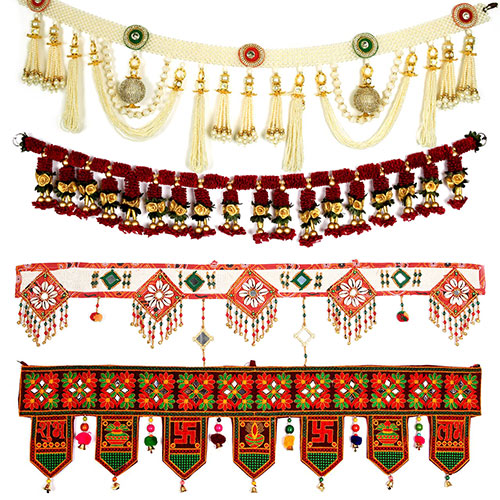
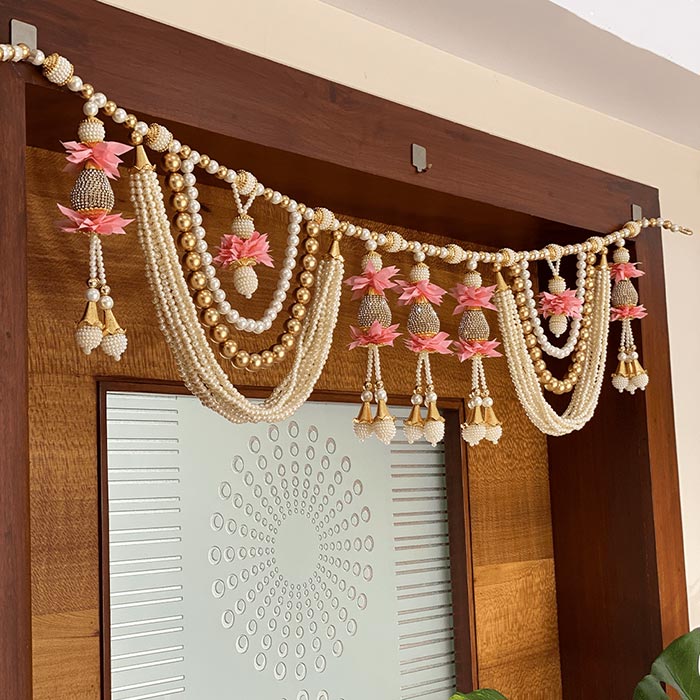

-in-Astrology.jpg)
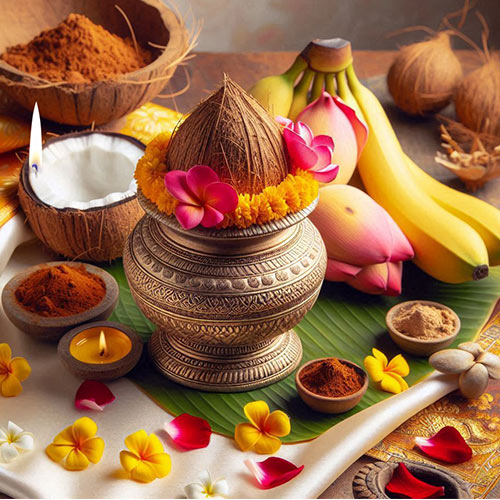
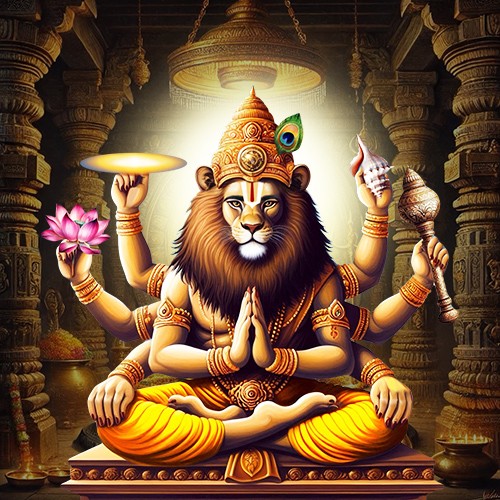
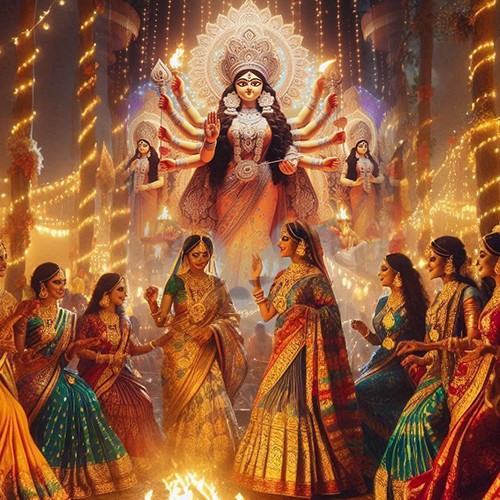
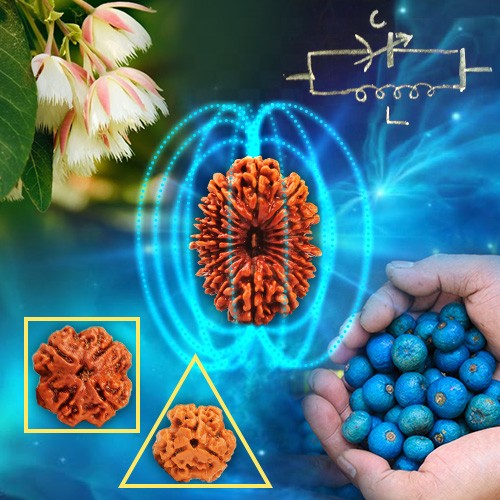

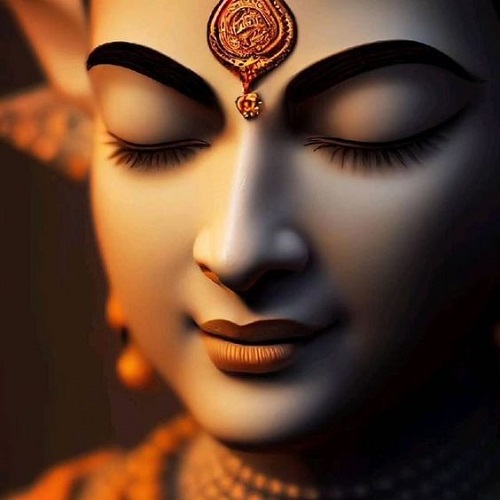
.jpg)

.png)
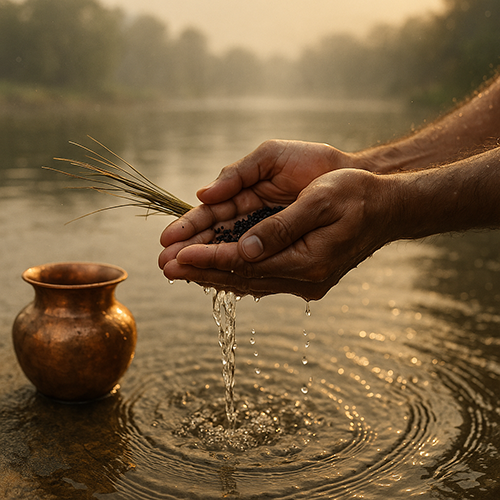
Comments 0
Leave your thought here